Making an Eye-Catching Logo and Design Your Website
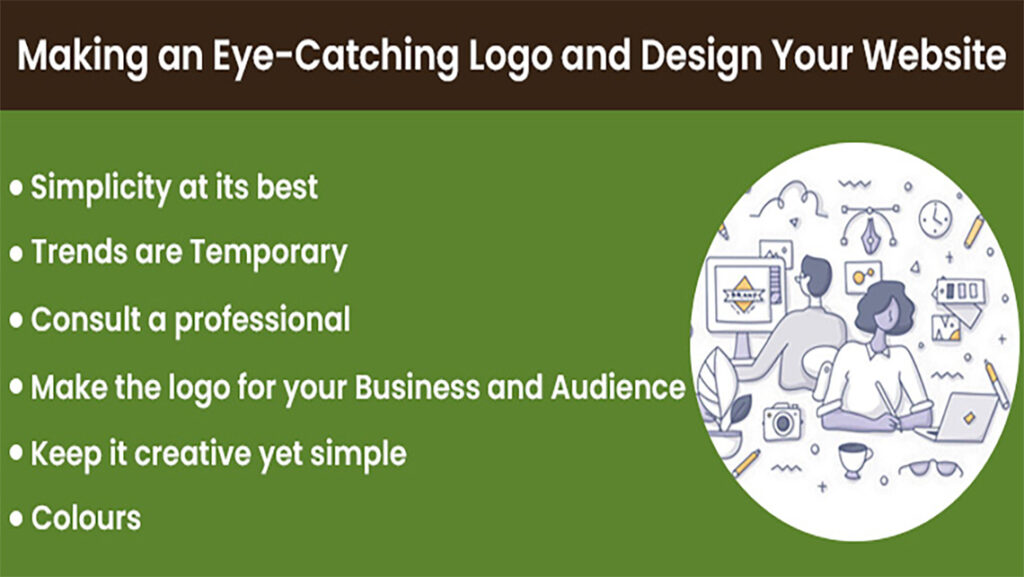
A company can be recognized not only by its name but by a unique symbol of its own, and that can cause a very long impression on the memory of the viewer? Yes, it is the logo of the company. The logos of businesses are how most of the brands are now remembered. Having a […]
Design a unique and attractive Landing Page Through Tools
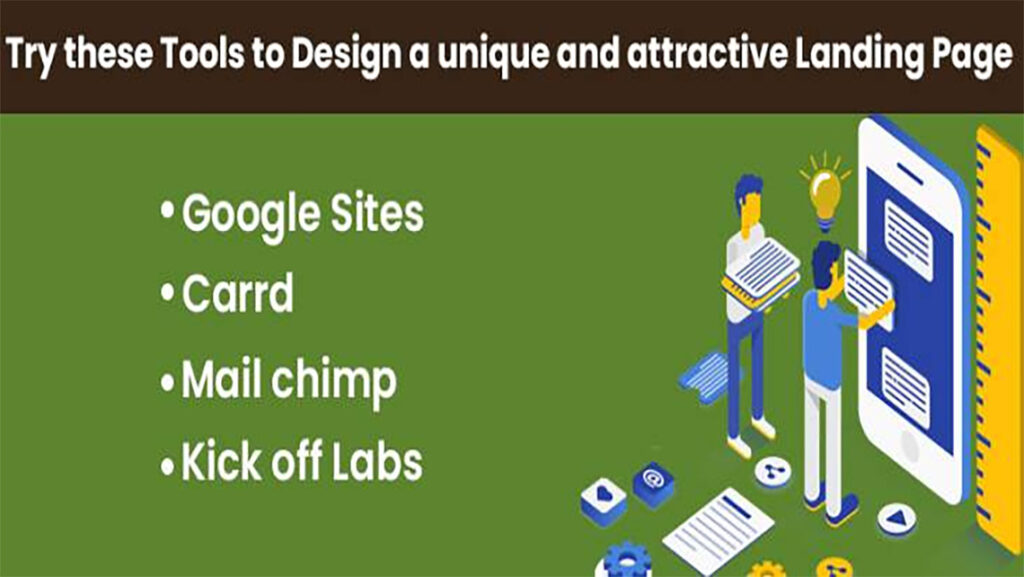
Landing page- a perfect platform for any online-based business. Different businesses adopt different landing page strategies in order to attract potential clients. The majority of the firms opt to collect the email address of the visitors from the landing page itself. In the long run, it helps the brand to reach a larger audience through […]
Latest Web Design Trends – An Ultimate Guide For Web Designers

Are you looking to design a cutting-edge website that supports to achieve all your business mission and vision? If yes, you have to follow the strategy that is advance in today’s world and enables you to create a website apart from others. This strategy eliminates the trends of traditional years and follows the updated tools […]
2017’s Logo Trends To Transform Your Brand Identity
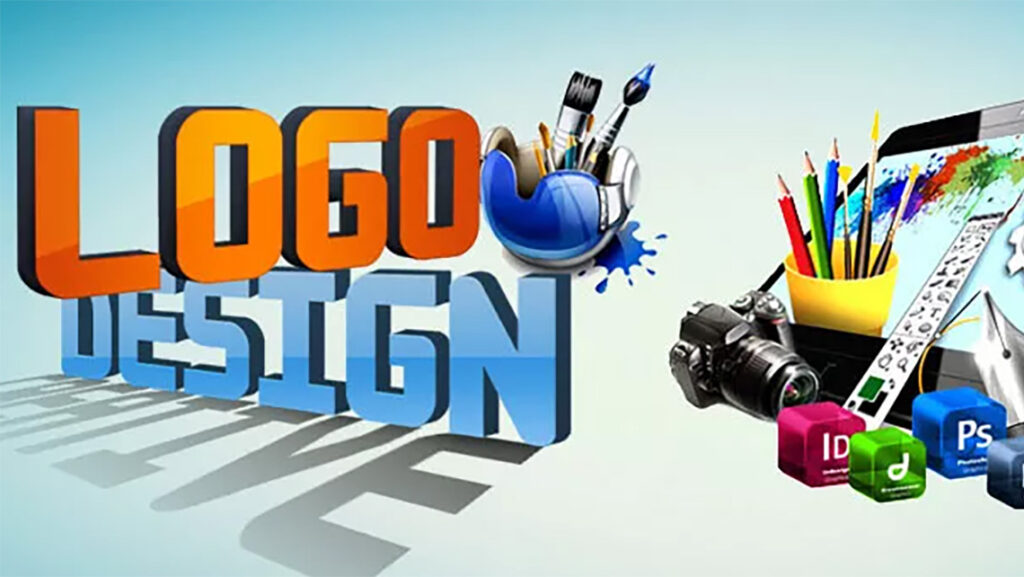
Logos are small identity images that appear on your business website. They actually depict the uniqueness of your brand or organization. To mark a successful presence an online website, make sure you include a relevant and superior logo that somehow depicts your services or products. In other words, it is a visual mark of your […]
Tips to Improve Your Website’s Usability
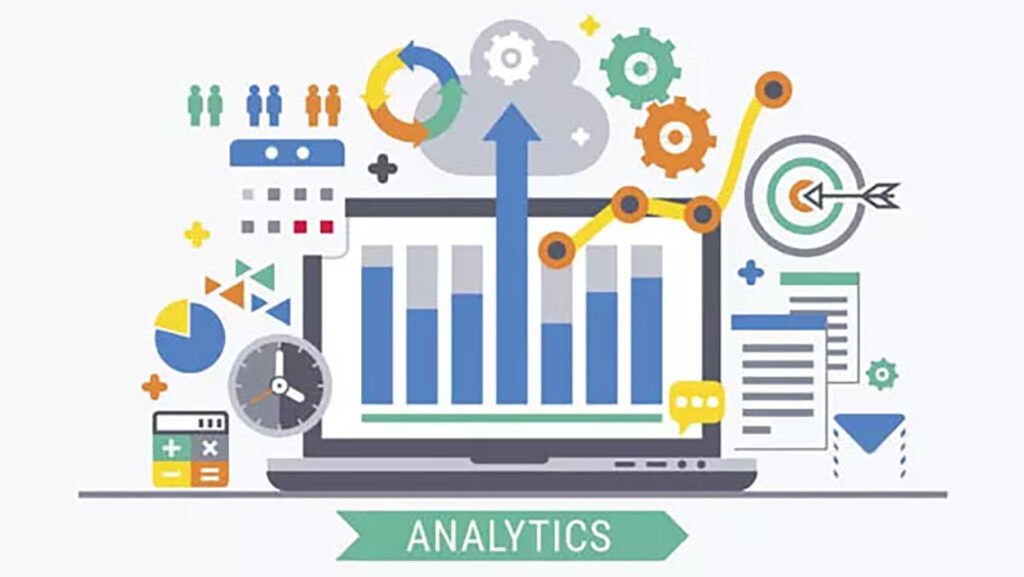
Modern website users are a little complex. They expect more! They don’t want any poor quality content, broken links and static graphics. No matter whether you are designing, maintaining or updating your website, usability should be the major factor. Planning and testing are the critical aspects to improve a website’s usability. Only with thorough planning […]
6 Must Have Characteristics of a Good Web Designer

With growing Internet needs, consumers and Internet marketing has also increased. This has made many corporates eager to have their own websites. The positive aspect is that if the web is flooded with billions of sites then, there are also a huge number of consumers out there worldwide. If you are passionate for making your […]
2016’s Latest Web Design Trends that Turns Eyes
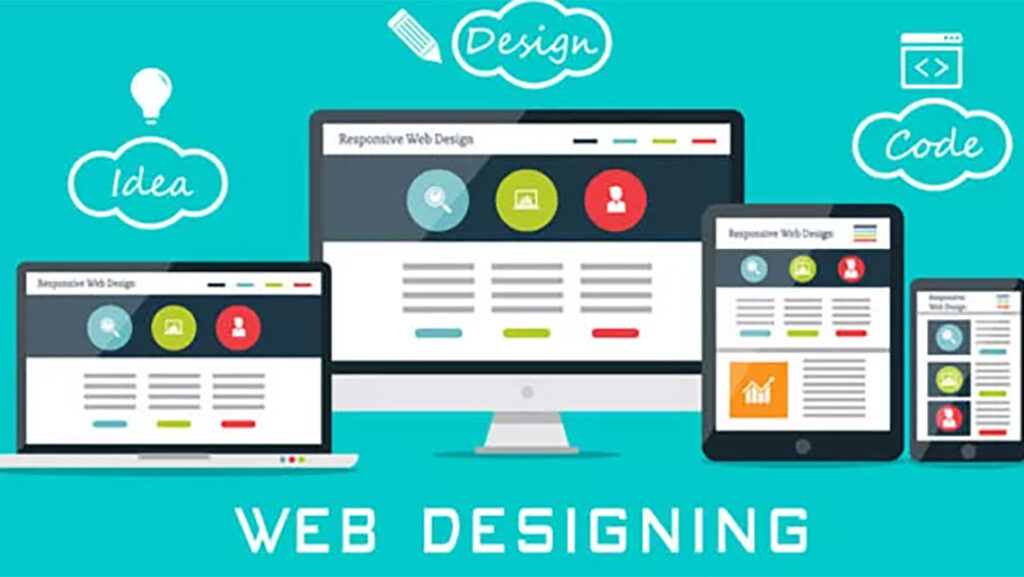
An impressive website will surely help to increase the visitors on your site. In 2016, various web trends are followed which can help you develop a responsive website. Trends for developing site changes from time to time. Its not worthy to keep waiting for a new trend and aesthetic design. If you are designing a […]
Does Your Website Fails To Load Quickly? Check Out These Possible Reasons for It
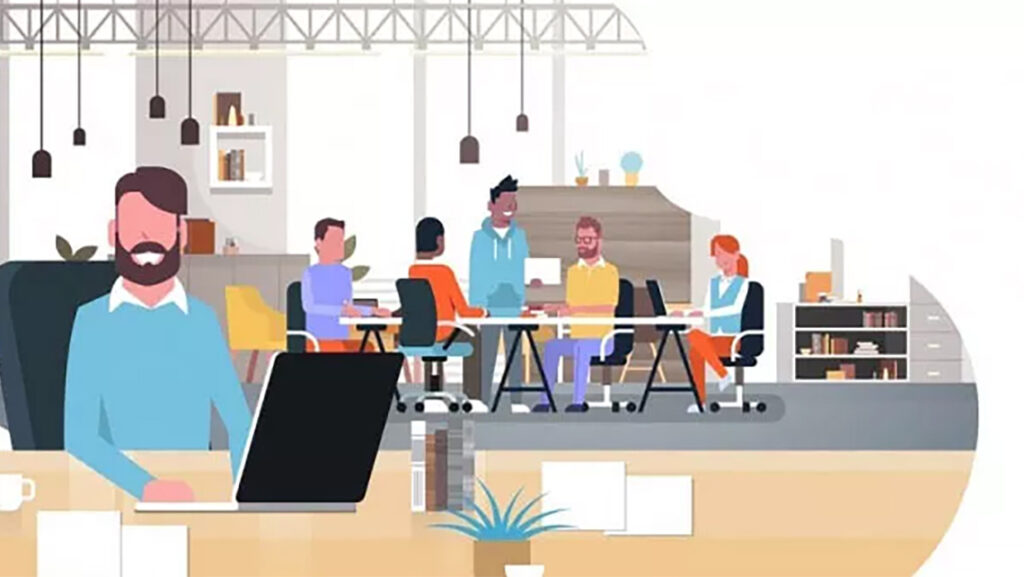
There cannot be a bigger shock for the developers and owners to know that their website fails to load quickly! After putting in all the time, efforts and money, a website is prepared to compete. Post that, one has to bear the expenses of making it more SEO friendly. After doing so much and even […]
Which One is Good for Your Site – WordPress or Static HTML?

It is very difficult to choose the right platform to launch a new business website. Today, you usually have two options, one is WordPress and the second one is Static HTML. You have to decide which one is perfect for your site. And its very hard to choose! Both of these have some advantages and […]
4 Effective Web Design Tips For a Better Looking Website

Website tells the story of your business, brand and services. No wonder, designing the website for a company is very daunting and overwhelming task. It is very important what color, font and images you use in your website. A good looking and awesome website will help to make an awesome impression. You will need to […]
